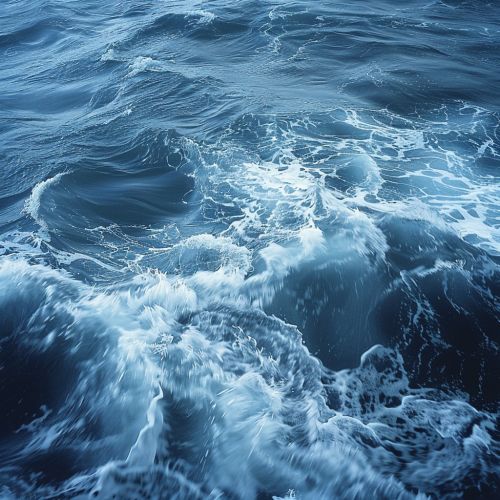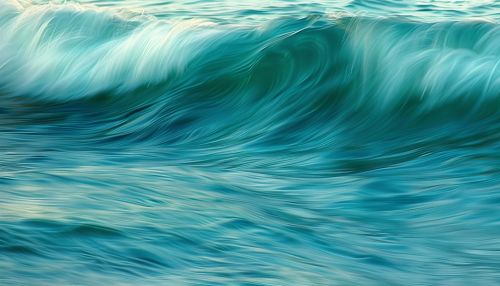Surface current
Overview
Surface currents are movements of water that occur at or near the surface of the ocean. They are driven by several factors, including wind, the rotation of the Earth, and differences in water density. Surface currents play a crucial role in the global climate system, transporting heat from the equator towards the poles, and also influence weather patterns and marine life.
Formation and Drivers
Surface currents are primarily caused by the frictional drag of the wind on the ocean surface, a process known as wind stress. The direction and speed of the wind are key factors in determining the direction and speed of the surface current. However, the relationship between wind and surface currents is complex and influenced by other factors, including the Coriolis effect and Ekman transport.
The Coriolis effect, caused by the rotation of the Earth, deflects the path of the surface current to the right in the Northern Hemisphere and to the left in the Southern Hemisphere. This deflection is most pronounced at high latitudes and negligible at the equator.
Ekman transport is a net movement of water perpendicular to the wind direction, caused by the balance between the Coriolis effect and the frictional force of the wind. This results in a spiral-like movement of water, known as the Ekman spiral, with the surface layer moving at an angle to the wind direction and each successive layer moving at a greater angle and slower speed.
Differences in water density, caused by variations in temperature and salinity, also drive surface currents. Warmer, less dense water tends to rise and move towards cooler regions, while cooler, denser water sinks and moves towards warmer regions. This process, known as thermohaline circulation, drives a global network of deep and surface currents, known as the global conveyor belt.


Major Surface Currents
There are several major surface currents in the world's oceans, including the Gulf Stream in the Atlantic Ocean, the Kuroshio Current in the Pacific Ocean, and the Agulhas Current in the Indian Ocean.
The Gulf Stream, one of the strongest and most important surface currents, originates in the Gulf of Mexico and flows north-east across the Atlantic Ocean. It transports warm water from the tropics to the North Atlantic, influencing the climate of western Europe.
The Kuroshio Current, also known as the Japan Current, is a warm surface current in the western Pacific Ocean. It flows north-east from the east coast of Taiwan to the east coast of Japan, transporting warm water towards the North Pacific.
The Agulhas Current is a warm surface current that flows down the east coast of Africa in the Indian Ocean. It is known for its strong and narrow flow, and for the large, swirling eddies that form when it interacts with the cooler waters of the South Atlantic Ocean.
Impact on Climate and Weather
Surface currents play a significant role in the global climate system by redistributing heat from the equator towards the poles. This heat transport helps to moderate the climate, making equatorial regions less hot and polar regions less cold than they would otherwise be.
Surface currents also influence local weather patterns. For example, coastal regions that are adjacent to warm currents often have warmer and more humid climates than regions adjacent to cold currents. The upwelling of cold, nutrient-rich water from deep currents can also cause fog and cool temperatures along the coast.
Impact on Marine Life
Surface currents are important for the distribution and migration of marine life. Many marine organisms, including plankton, fish larvae, and jellyfish, are passively transported by surface currents. Some species of fish and marine mammals also use surface currents to aid their active migration.
Surface currents can also concentrate nutrients and plankton in certain areas, creating productive fishing grounds. However, they can also transport pollutants and marine debris, impacting marine ecosystems and human health.
